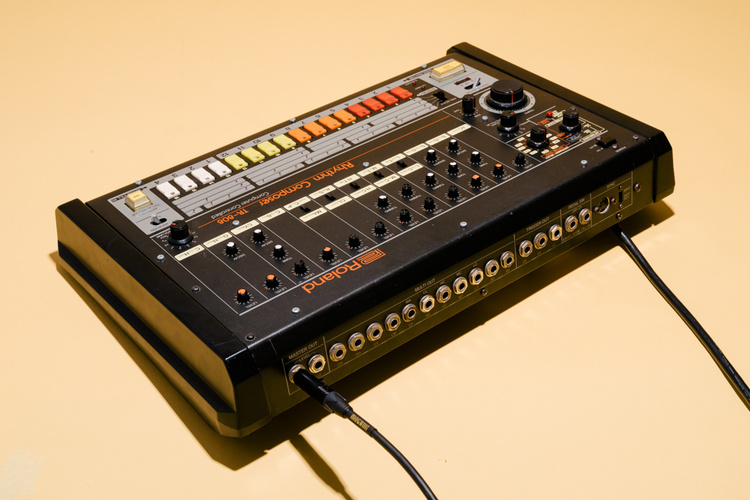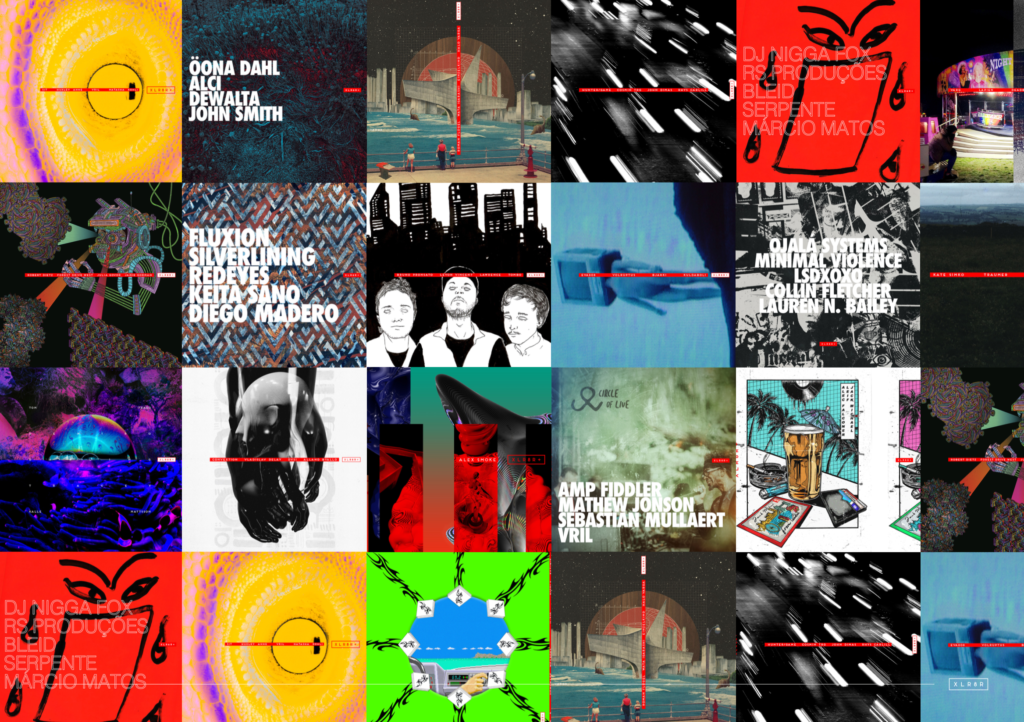Splice Give Tips on Mixing 808 Sounds in Your Productions
Splice wrap up the 808 beat breakdowns and give tips on working with the mixing challenges of the drum machine.

Over the weekend, Splice continued their 8 Days of 808 content with tips on mixing 808 sounds and a wrap up of the 808 beat breakdowns.
Splice launched 8 Days of 808 last Tuesday, dropping content each day since that has included history of the 808, an interview with producer and mixing engineer Bob Powers, mixing tips for 808 sounds, and insightful beat breakdowns of popular tracks built on the 808 (Marvin Gaye’s “Sexual Healing,” Afrika Bambaataa’s “Planet Rock,” and Kanye West’s “Love Lockdown”).
For the mixing tips, Splice enlisted Reuben Raman, their in-house audio specialist and the founder of Singapore-based studio SoundFarm, to offer his knowledge on navigating the mixing challenges across the 808’s frequency extremes, from the notoriously booming bass drum to the harshness of the hi-hats.
You can check out the first tip below, with the full tips feature available here.
1. Tackle The Low End With a Gate
We all know how subby 808 bass drums can be. That sound is iconic and helped define early hip hop and solidify the 808’s place in music history. But that sound is also pesky for mixing engineers. Sub frequencies take up a lot of—often, an unnecessary amount of—headroom in a mix. One way around this? Use a gate to control the sustain of the bass drum. With a gate controlling the low end, you free up extra headroom and can push the 808 bass drum louder in the mix. But don’t set the attack and the release of the gate to be too fast, or you’ll risk getting unpleasant ‘gate-clicking’ noises.

